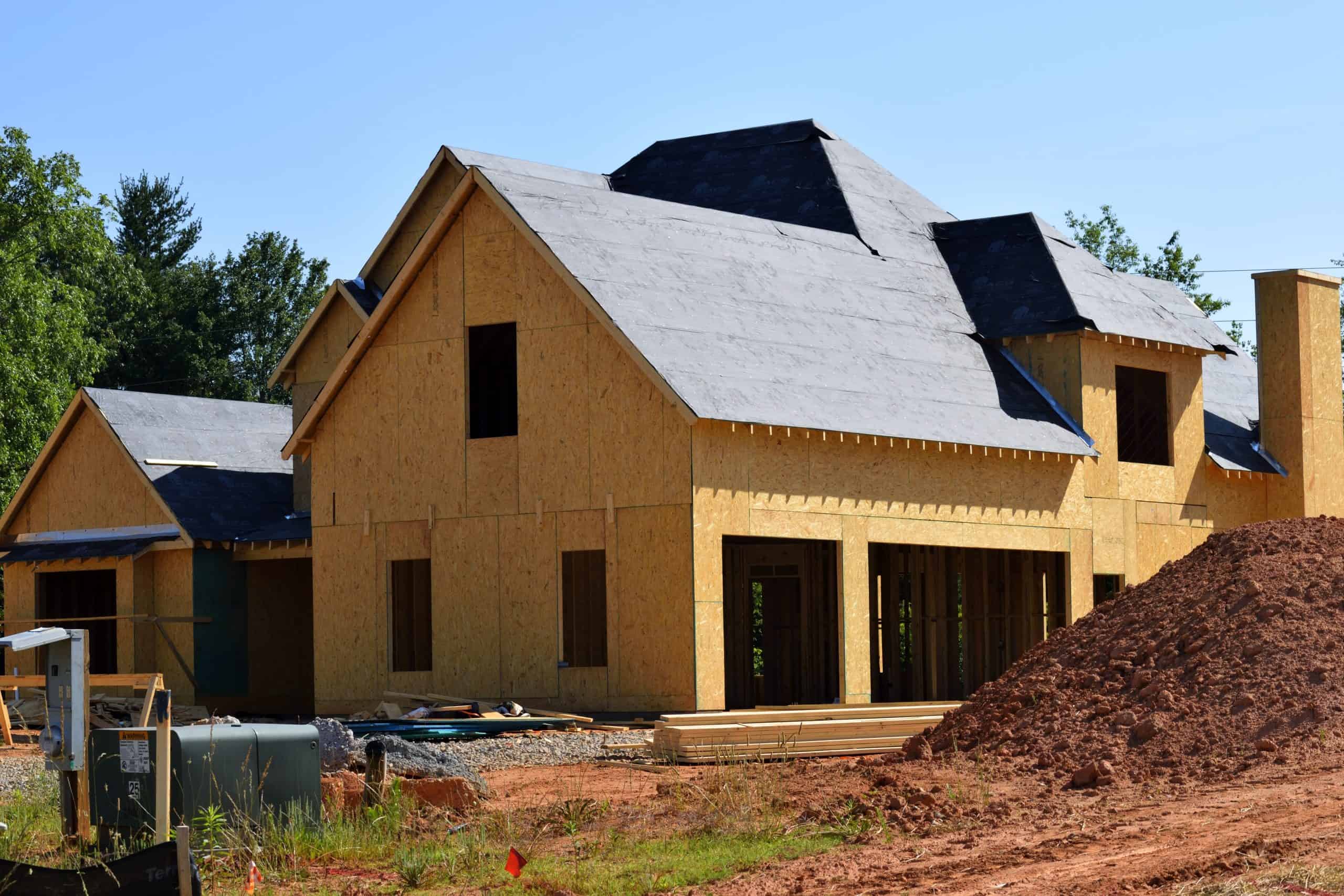
Single-family housing starts in May were at a rate of 675,000, .1% above the revised April figure of 674,000. May’s rate for units in buildings with five or more units was 291,000, up 16.9% from April.
Housing units authorized by building permits last month were at a seasonally adjusted annual rate of 1,220,000, 14.4% above the revised April estimate of 1,066,000 but 8.8% below the May 2019 rate of 1,338,000.
Single-family authorizations were at a rate of 745,000 in May, 11.9% above the revised April figure of 666,000. Authorizations for units in buildings with five or more units were at a rate of 434,000 last month, up 18.3% from April.
In May, single-family housing completions were at a rate of 791,000, 9.8% below the revised April rate of 877,000. May’s rate for units in buildings with five or more units was 310,000, down 2.2% from April.
The NAHB points to the new residential construction numbers, low interest rates, and an increase in mortgage applications as positive signs for continued growth for the housing market.
“The May housing report is consistent with the positive results of the NAHB/Wells Fargo builder sentiment index, and we expect this momentum to continue as economic activity recovers,” says NAHB chief economist Robert Dietz. “In another promising sign, single-family permits are up almost 2% on a year-to-date basis, and builders are bringing back thousands of workers laid off in March and April to meet renewed demand.”
Doug Duncan, chief economist at Fannie Mae, says the residential construction report for May was somewhat weaker than expected but suggests the bottom has passed. “New housing starts rose 4.3% in May to an annualized pace of 974,000 units, driven almost entirely by a partial rebound in multifamily construction. We had expected a stronger improvement in single-family starts, which ticked up only 0.1%, given the seemingly solid recovery in May of previously lost residential construction jobs, as well as resilient new home sales in April,” he says. “However, it remains consistent with our view that housing construction has turned a corner. The weaker-than-expected single-family starts number may be a matter of timing, as single-family permits jumped by a stronger 11.9%. In addition, the number of authorized single-family units not yet started rose 5.4% to the second-highest level since 2008. This suggests that a significant acceleration in new construction will likely occur in June. Continued strong home purchase demand, as evidenced by increasing purchase mortgage applications combined with a tight inventory of homes for sale (likely due in part to home sellers’ COVID-19 concerns), should bolster near-term support for new single-family home construction.”
Duncan adds, “The minimal rise in single-family starts relative to our expectations was partially offset by an upwardly revised April number; overall, however, the implication is that single-family starts will likely be slightly lower in the second quarter than we previously forecast. By contrast, the often-volatile multifamily starts measure, which rose by 15% in May, came in above our expectations and implies that our second quarter forecast will likely be revised upward. While total housing starts and permits were still down 24% and 17%, respectively, from a year prior, the report as a whole is supportive of our near-term expectations for an improvement in overall home construction, even if the timing relative to our expectations has shifted.”

















 Accessibility
Accessibility